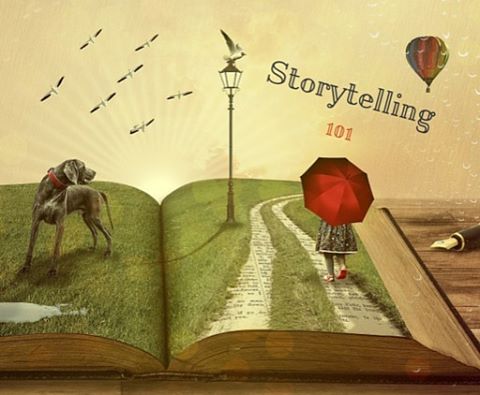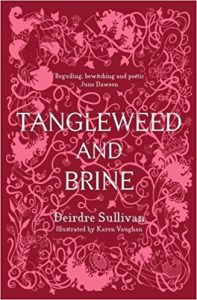I was delighted to attend the 2017 IBBY Conference “Happily Ever After: The Evolution of Fairy Tales Across Time and Culture” last Saturday, which was really informative and very inspiring.
Vanessa Joosen from the University of Antwerp opened the conference looking at the conflict between young and old characters in fairy tales. She questioned why elderly characters were always portrayed negatively or passively in fairy tales and asked if we should be taking example from Japanese traditional tales, where the protagonist is often an elderly character. She mentioned The old man who made flowers bloom and The tongue cut sparrow as examples.
Hilary McKay and Deirdre Sullivan were interviewed about their new books, both of which are collections of fairy tale retellings (Hilary McKay’s fairy tales/Tanglewood and Brine). Hilary was drawn to fairy tale stories in which she could see another point of view. Deirdre opted to write her stories in 2nd person narrative to immerse the reader into the story and to unsettle them! Both authors have opted to include the title of the original version of each fairy tale, along with the title of the modern version in their collections.
Patrick Ryan discussed four contemporary Jack tales written by Andy Jones, illustrated by Darka Erdelji and published in Canada. Jack and the Green Man contains elements of Sir Gawain and the Green Knight in it. Jack’s parents visit a witch, asking her to make their baby stop crying. The witch tells them to buy a pack of cards and Jack grows up to become a world class card player. He is then challenged to a game of cards by the green giant and you will have to read the story to find out what happens next. The Queen of Paradise’s Garden in which Jack searches for a magic fruit to make his parents young again, contains traces of The Water of Life (Grimms) and The Well of the World’s End (Irish folktale). Jack, the King of Ashes is a lazy Jack tale, which was shortlisted for numerous awards, including the prestigious Canadian Silver Birch award in 2016. In the fourth story, Jack and Mary in the Land of Thieves, Jack gets tricked and sold into slavery, but luckily for him Mary comes up with a clever plan to rescue him. Patrick also spoke about the importance of visualization and how oral storytelling really helps children to learn how to visualize a story.
Jackie Morris got us to think about the right to tell a story. Who has this right? Can a story be told if the person telling has no affiliation to the culture where it is set? Or is it necessary to tell these stories to understand other cultures and make sense of the world? It was intriguing to hear about her creative process and how nature inspires her.
The final session was a discussion with Beverley Naidoo, Jamila Gavin, Delaram Ghanimifard and Sally Pomme Clayton. Each of the panel spoke about their childhood experience with fairy tales. They also discussed the lack of representation in publishing today and the importance of reflecting multicultural society in fairy tales. Jamila Gavin, who was greatly influenced by myths and legends of India, has written Blackberry Blue: and other fairy tales which features black European protagonists, so that all children can see themselves in fairy tales.
And the conference finished with a real treat – we got to listen to a wonderful Russian tale about Vasilissa and Baba Yaga’s daughter told brilliantly by Sally Pomme Clayton. Thank you IBBY for a wonderful event!





